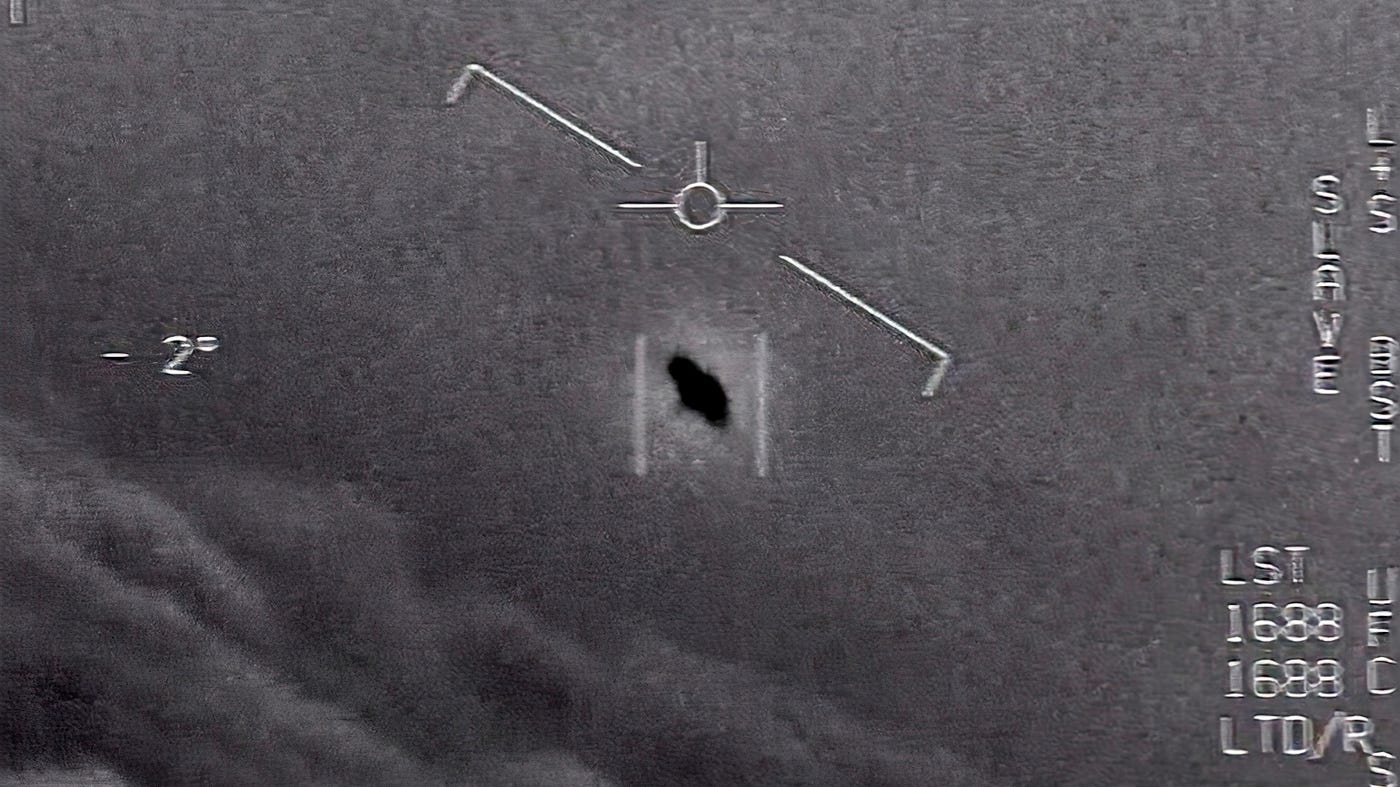Why Interstellar’s time dilation scene is accurate 🌊
👽 also an update on UFO archive releases + this month’s space events 👽
UFO Archive Releases: Good News and Bad News
Space aficionados secured a win at the tail end of last year’s legislative session in Congress 👏 Despite the never-ending budget drama in Washington…
👽 A UFO declassification measure was successfully tacked onto the annual defense spending bill 👽
The bill was even signed into law, but there’s good news, and there’s bad news.
👍 The good news is that the National Archives is now required to disclose anything to the public that hasn’t been released within 25 years of its creation.
👎 The bad news is that government agencies can still hide any information they deem a violation of national security interests.
So while notorious investigations like Project Blue Book – which looked into alleged UFO incidents between 1947 and 1969 – will have to be released to the public, we likely won’t get the full story.
The craziest part? Both parties seemed peeved at the final version of the measure.
If there’s one thing we can all agree on, it’s that UFO transparency is long overdue 🛸
The Problem with Near-Light-Speed Travel
There’s a lot standing between us and interstellar space travel, but one challenge is especially mind-boggling: communication 😵💫
Remember that almost-too-painful-to-watch wave scene in Christopher Nolan’s Interstellar?
Even if we were to achieve near-light-speed travel (an essential component of interstellar exploration), that scene sums up our problem:
🪐 As fast as the speed of light sounds, it’s still only a finite speed. That’s why it takes minutes to send messages to Mars, and hours to send transmissions to the solar system’s outer planets.
🪐Additionally, special relativity theory states that our human-made clocks aren’t synched across space. So while interstellar travelers would feel time passing as normal in their spacecraft, time would go by much faster for us on Earth.
🪐This time dilation makes interstellar communication harder, but not impossible. According to recent research from scientists at Berkeley, the near-light-speed of our theoretical spacecraft is the bigger issue.
🪐The study illustrated two communication scenarios: a message sent from Earth would either stay just behind any spacecraft traveling at near-light-speed, or arrive after the spacecraft reaches its destination.
If we don’t solve this puzzle before the first near-light-speed interstellar voyage, the explorers will quite literally be on their own 🫡
An Eye on the Sky: Space Events Happening the Rest of This Month
Need something to look forward to in 2024? Going forward, every month, we’ll be sharing the top space events to look out for 🔭
Here’s what to put on your calendars for the rest of January 2024:
🔴 January 17th: Jupiter will also hover near the moon and remain visible throughout the month
✨ January 19th: the Gamma-Ursae Minorids meteor shower will peak near Ursa Minor
☄️ January 15th: the Comet 144P/Kushida will be visible with a telescope or binoculars
🌝 January 25th: the year’s first Full Moon, known traditionally as the Wolf Moon
Thanks for reading Latest in Space! Subscribe for free for weekly newsletters.





